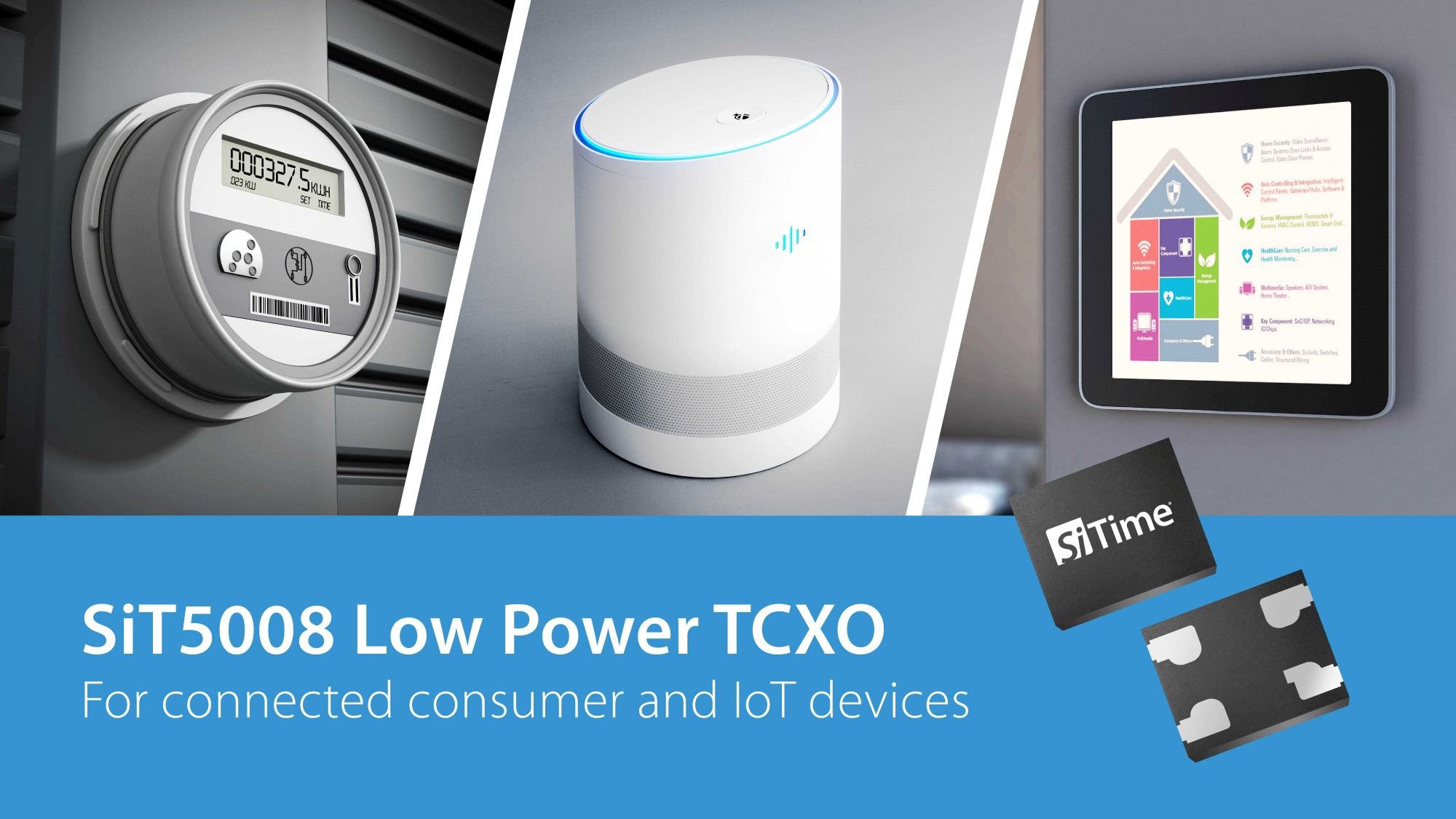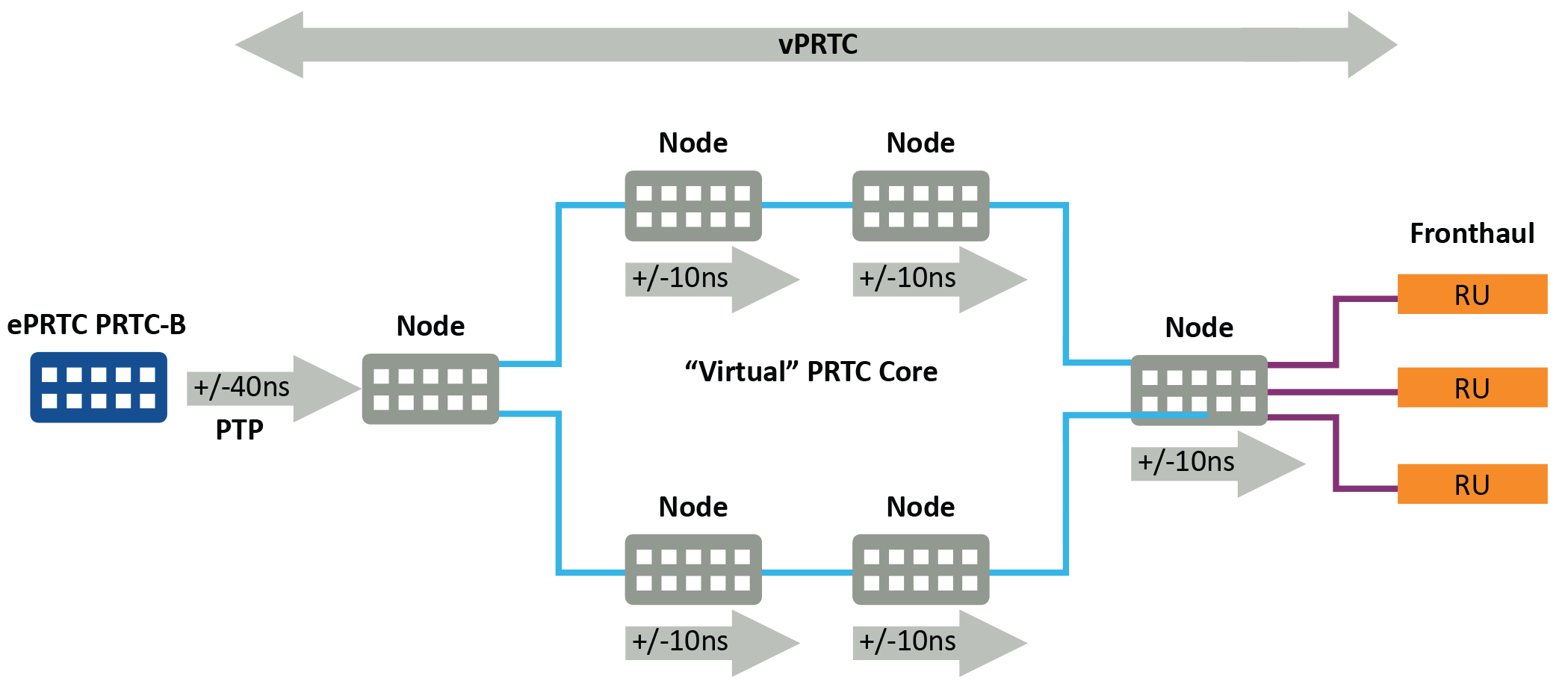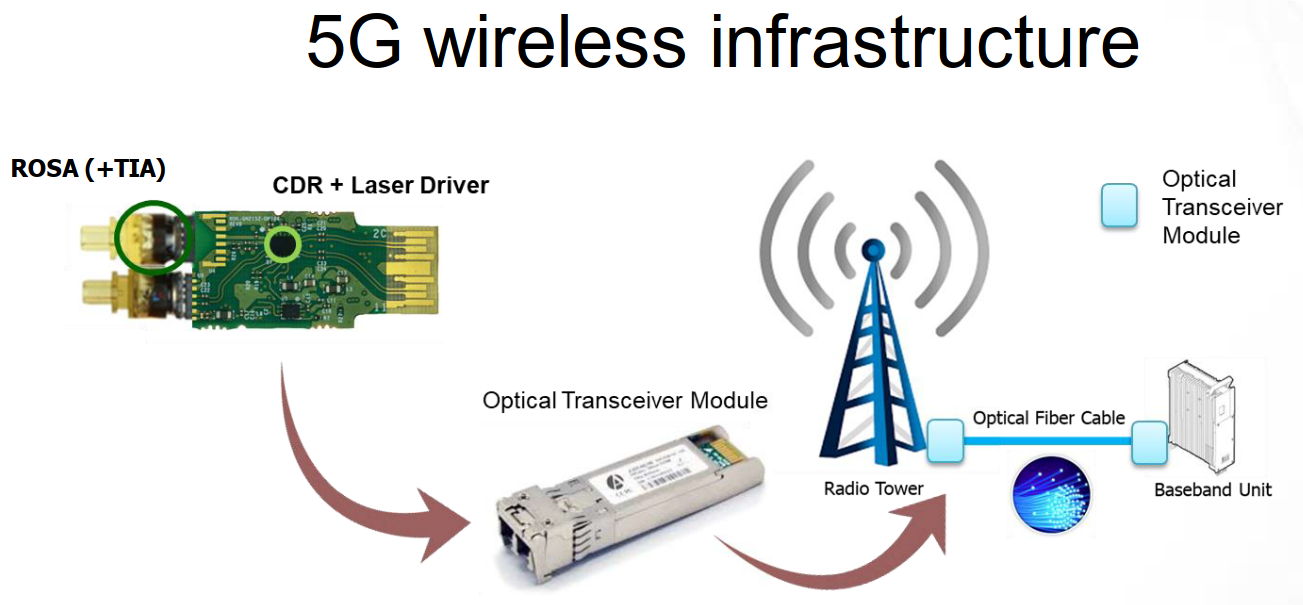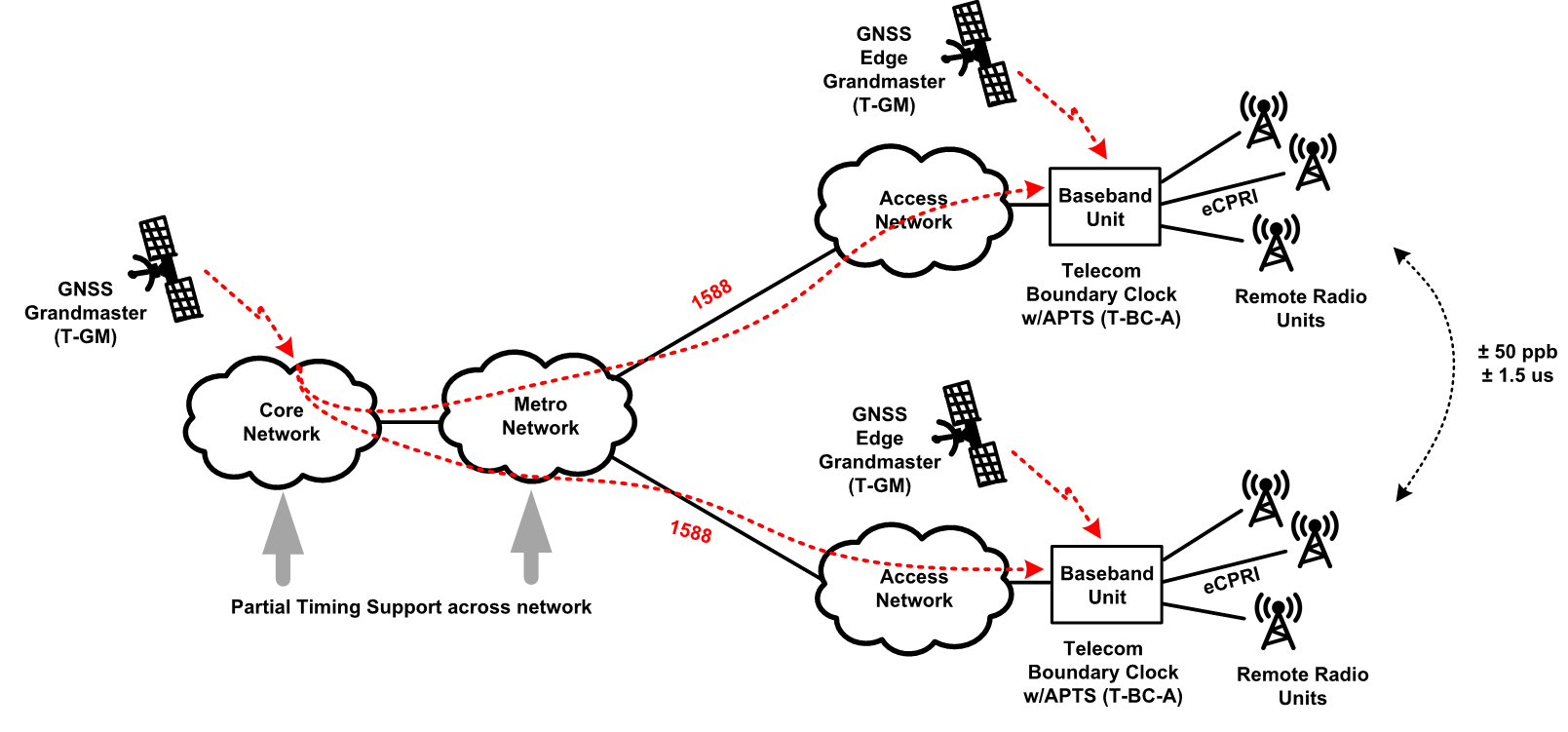The SiT5008 from SiTime goes to 60 MHz, draws 3.5 mA, and features a standby mode.
How Virtual Primary Reference Time Clocks improve 5G network timing
The 5G rollout continues to gain momentum and with it comes timing issues. As timing and transport technologies evolve and advance, they offer enhancements and alternatives to 5G timing architectures for fronthaul applications. The Virtual Primary Reference Time Clock (vPRTC) offers some advantages over traditional architectures.
CDR chip supports 50 Gbps data streams
The GN2255 clock-data recovery chip from Semtech cleans signals in 50 Gbps PAM4 data streams and integrates an optical laser driver.
Accelerate 5G telco functions in COTS servers
The T1 Telco Accelerator Card from Xilinx turns a standard server into a processor capable of handling 5G data streams.
5G changes network timing architectures
Radio-access networks are changing from a single unit into a distributed system, which impacts how networks keep time. Precision Time Protocol will distribute timing information, keeping the units synchronized in time and phase.
IEEE 1588 adds timing performance while reducing cost and risk
GPS and GNSS have been the standards for network timing, but they have security issues. A Master clock and IEEE 1588 reduces the risk and lowers installation costs. Global Navigation Satellite Systems (GNSS) provide the critical primary reference clocks that networks need to correctly operate and seamlessly coordinate the flow of voice, data and video…
The Emerald Platform: A Game-Changing MEMS Timing Solution for 5G Infrastructure
SiTime Corporation announced the Emerald Platform™, a revolutionary precision timing solution that solves critical timing challenges for 5G infrastructure equipment. With the Emerald Platform, operators can deploy 5G equipment in harsh environments and reliably offer mission-critical services. “Timing is potentially the single biggest point of failure in 5G systems and can impact performance, reliability, and…







